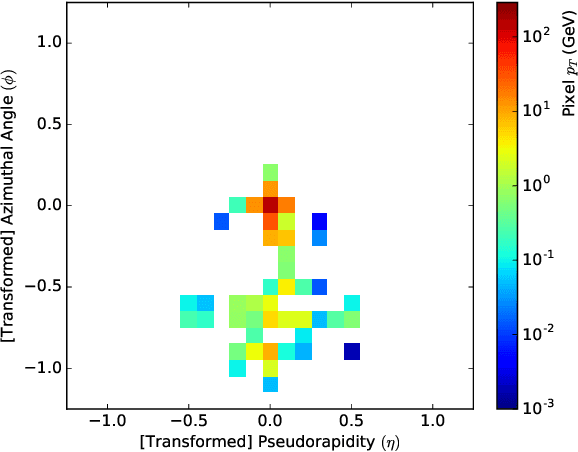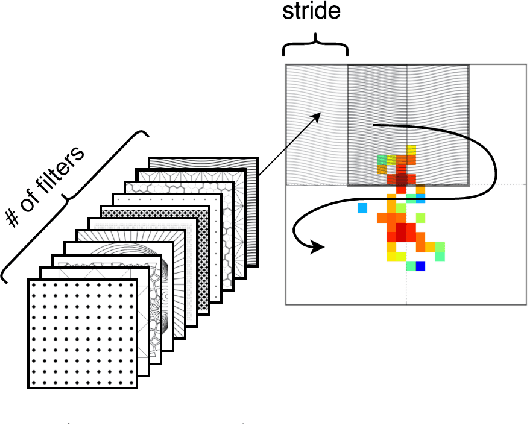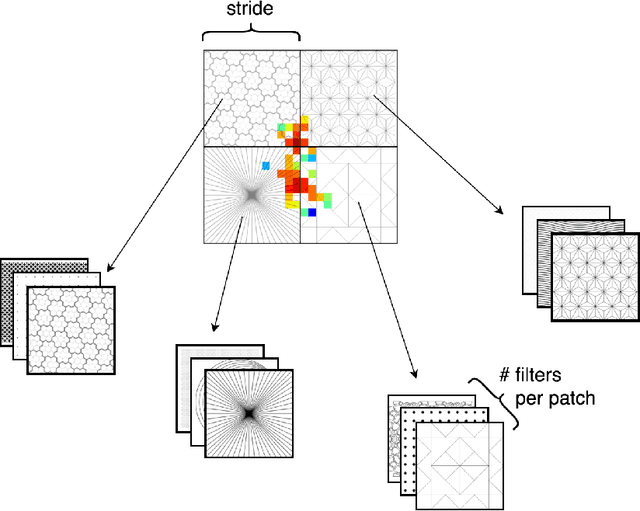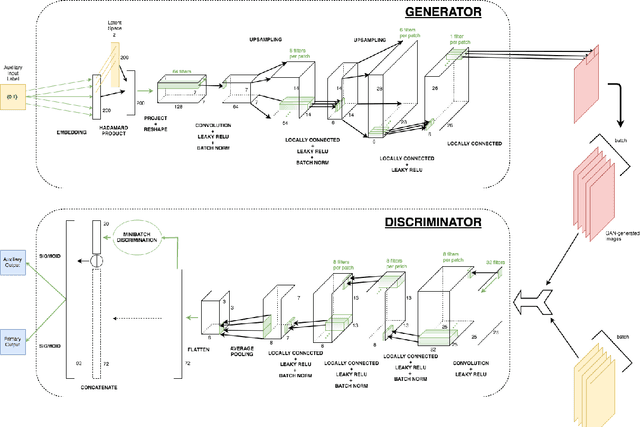Learning Particle Physics by Example: Location-Aware Generative Adversarial Networks for Physics Synthesis
Paper and Code
Jun 13, 2017



We provide a bridge between generative modeling in the Machine Learning community and simulated physical processes in High Energy Particle Physics by applying a novel Generative Adversarial Network (GAN) architecture to the production of jet images -- 2D representations of energy depositions from particles interacting with a calorimeter. We propose a simple architecture, the Location-Aware Generative Adversarial Network, that learns to produce realistic radiation patterns from simulated high energy particle collisions. The pixel intensities of GAN-generated images faithfully span over many orders of magnitude and exhibit the desired low-dimensional physical properties (i.e., jet mass, n-subjettiness, etc.). We shed light on limitations, and provide a novel empirical validation of image quality and validity of GAN-produced simulations of the natural world. This work provides a base for further explorations of GANs for use in faster simulation in High Energy Particle Physics.
 Add to Chrome
Add to Chrome Add to Firefox
Add to Firefox Add to Edge
Add to Edge